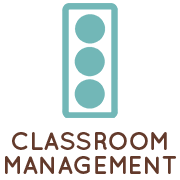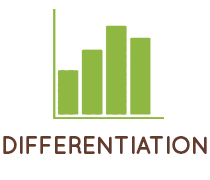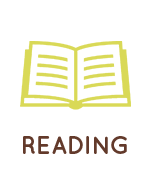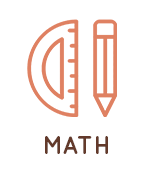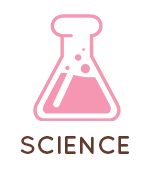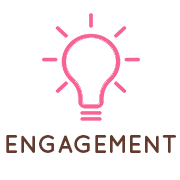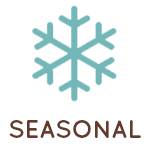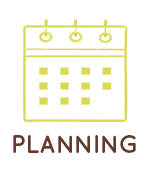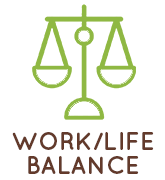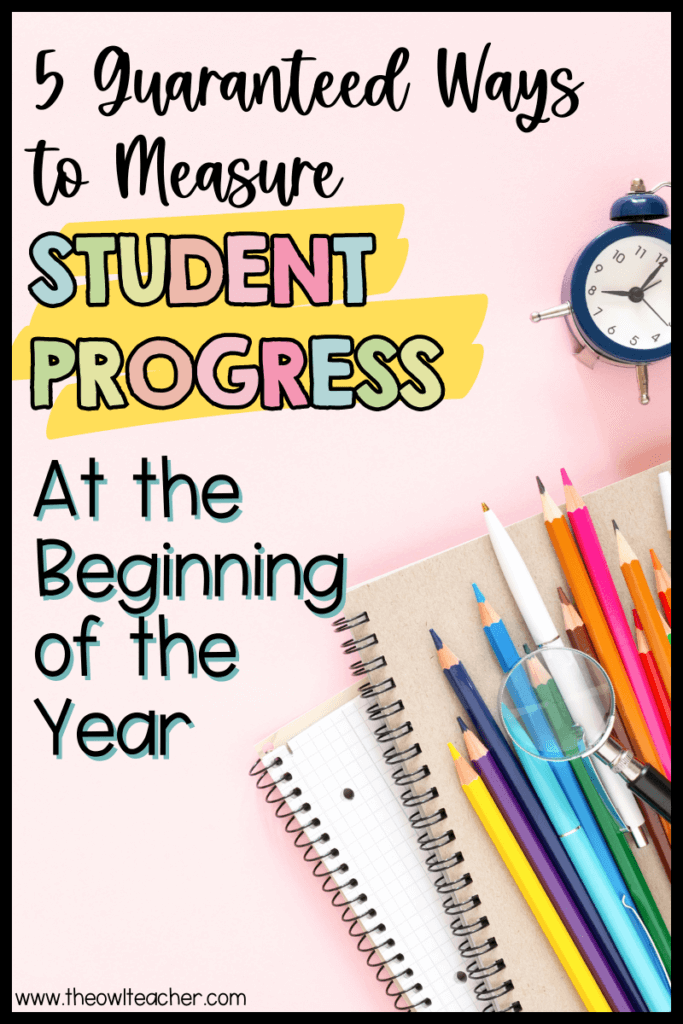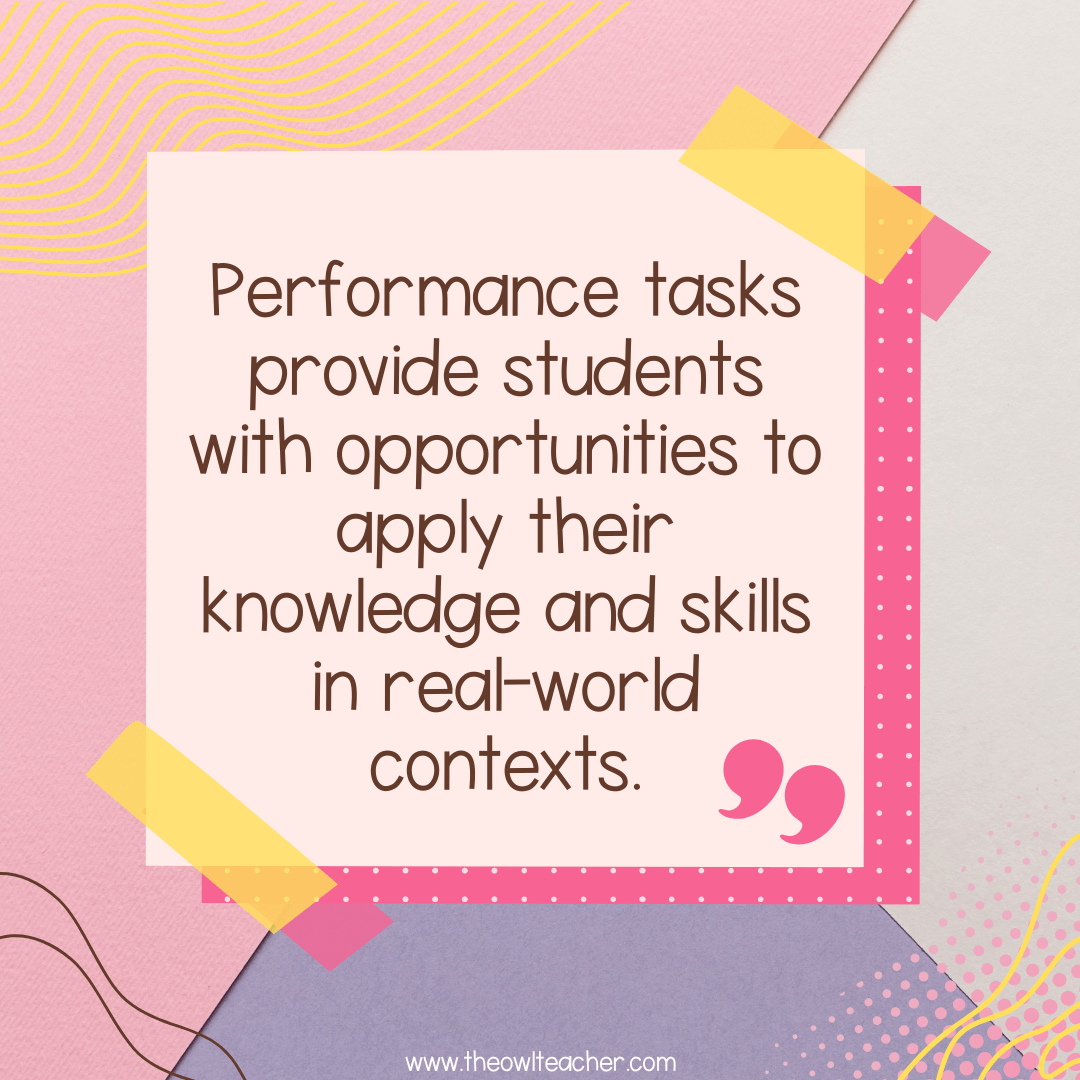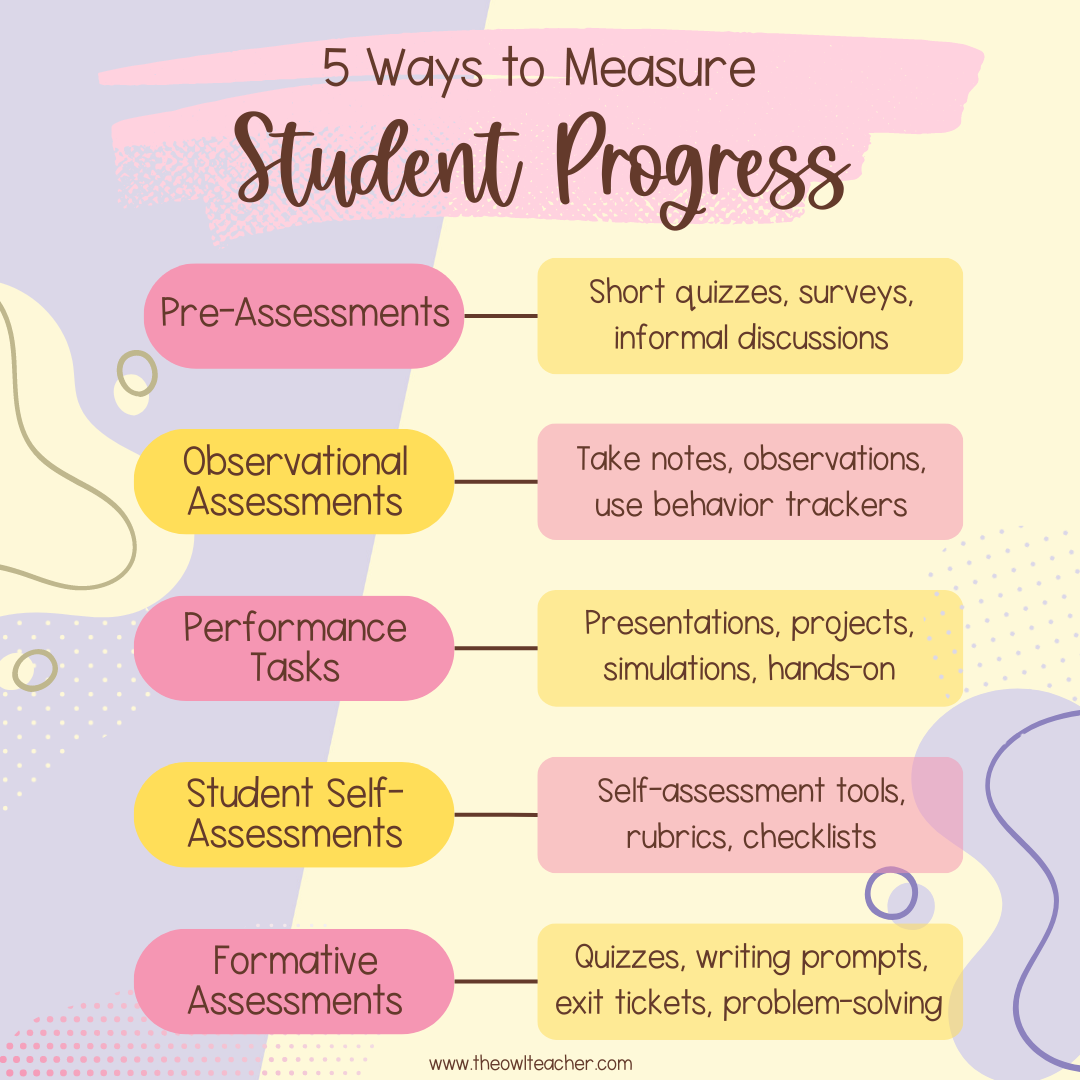There are no two ways about it: the beginning of the school year is a stressful time. It seems like there are dozens of guidelines to go over, new names to memorize, icebreakers to go through, and you might even start keeping a mental list of where some students are as far as learning levels go. Despite it all, you still manage to keep a smile and start the year off right!
Now, since I know you’re so capable, I’m going to add another item to your agenda: measuring student progress. Measuring student progress is a year-long adventure that must start at the beginning of the school year. If you don’t know exactly where your students start off, then how will you know how far your little kiddos have grown?
Of course, like usual, all of that is easier said than done. And, like usual, I’m here to save the day with five superb tips that will help start the beginning of your year off right! After all, it’s a busy, busy, busy time! If you can save yourself the effort with some tips on getting started, that’s a huge A+!
Using targeted assessment strategies helps teachers gain valuable insights into students’ strengths and areas for growth. That being said, here are some actionable assessment strategies that will help you measure student progress and set the stage for a productive academic year!
Let’s Measure Student Progress!
1. Pre-Assessments
Pre-assessments, or pre-tests, are the heart and soul of this whole shebang. Pre-assessments are the assessment strategies used at the start of every year and with every unit—that’s right, every single one! Pre-assessments are powerful tools to gauge students’ prior knowledge and skills. They don’t have to just be boring old pencil-and-paper tests, either: short quizzes, surveys, or even informal discussions are just as valuable! Anything that allows for insights into what your students already know and understand is an effective resource.
Google Forms especially are a perfect tool to take advantage of. They’re easy to set up and even easier for your class to fill out! You can create your own forms to tailor your assessments, or you can even use pre-made assessments to find out what your kiddos know and what they’re able to do.
Informal pre-assessments, too, are just as helpful. Any assessment strategies are wonderful tools to measure student progress, even the less formal ones! For example, you can use Nearpod to create interactive lessons that have polls and elements that will allow students to monitor their own understanding. The best part? They report back to you to tell you how comfortable they feel with a topic that you are reviewing or introducing!
2. Observational Assessments
Duh, Tammy, I always observe my students. That’s my job!
I know, I know, but hear me out! Observation is another amazing assessment strategy. Observing students in the classroom setting (not the exam setting!) provides valuable data on their participation, engagement, and social interactions. In the school setting, students learn more than just the educational concepts that are presented to them—they also learn appropriate ways to interact with others, teamwork skills, and all-important social skills. It makes sense to track their progress with those aspects, too, right?
Taking notes, documenting observations, or even using behavior tracking tools helps keep track of students’ communication skills, collaboration abilities, and even their level of independence (tattletales, anyone?). Overall, these observations help gain a comprehensive understanding of students’ progress beyond simply academic performance. No one should be labeled solely by their exam scores!
If you have a co-teacher or para in your classroom, it can be valuable to have them track data to make sure you aren’t missing anything while helping other students or teaching whole-group lessons. Of course, Google Spreadsheets are a perfect tool to track diligent data over time!
3. Performance Tasks
Performance tasks! Who doesn’t love getting up in front of the classroom and giving a riveting performance? After all, I’ve always dreamed of being an actress…
Just kidding! Teaching is as close to performing as I can take. Besides, these performance tasks are for our kiddos! Performance tasks provide students with opportunities to apply their knowledge and skills in real-world contexts. Tasks that require critical thinking, problem-solving, and application of concepts assess students’ abilities to transfer learning to practical situations. What’s the point of spending a whole unit on fractions if kids never learn how to apply fractions to real life?
Performance tasks aren’t always front-of-the-room activities, either. They certainly can be, with presentations, but they can also include projects, hands-on activities, and even simulations. Anything that measure student progress beyond traditional assessments and gets students involved with real-world context in some way counts as a performance task! We already know how important hands-on learning is in other areas of the classroom, so why not use it to measure student progress, too? Engaging students is always a win!
One tool for measuring student progress with performance tasks is Flipgrid. It can be impossible to have every single student read aloud for fluency or share a speech with the whole class. With our overloaded classrooms, who has time for all of that?! Thankfully, recording on Flipgrid is safe—you can make it only accessible by students with a login or code—and gives reluctant students a chance to present and share in a low-risk setting.
4. Student Self-Assessments
Empowering students to reflect on their own learning and progress is another effective assessment strategy. For example, self-assessment tools, rubrics or checklists encourage students to evaluate their work and gives them real-time feedback on their skills. Students may also set goals and take responsibility for their learning journey. In addition, self-assessments foster metacognitive skills, promote self-reflection, and help students develop a growth mindset.
Of course, you don’t need to wait until the end of a unit to have students reflect. In fact, you should avoid waiting so long in the first place! Measuring student progress through ongoing self-assessment is one of the most powerful assessment strategies for students, and can even be helpful for motivating the unmotivated!
Students can also use Google Forms for scaled assessment. For example, have them rank their confidence on a topic on a scale from 1-5. Overall, this data is valuable for you to monitor student progress. In addition, students can even include reflection statements on what they can improve upon in order to foster a growth mindset.
5. Formative Assessments
Even though you do your best to keep your classroom hands-on and engaging, there’s no way around it: students will need to encounter formative assessments. In fact, utilizing formative assessments throughout the year is crucial for measuring student progress. Quizzes, exit tickets, short writing prompts, or quick problem-solving activities gather real-time data on student understanding. In addition, formative assessments allow for immediate feedback to make timely instructional adjustments that support student growth.
Using tools like Quizizz can help you generate assessments using AI and text from your current content and lessons. With this handy tool, students can self-assess using flashcards and other activities for perfect formative assessments measuring student progress.
It may seem like a lot all at once, but I guarantee you’re already using some form of these assessment strategies at the beginning of the year. If not, you would have no idea where to start! Hopefully, though, this list will help you mix it up in your classroom and assess students’ needs without them even realizing they’re being assessed!
Thankfully, there are plenty of resources out there to help save you time and effort when measuring student progress. For example, I have plenty of exit ticket templates ready to go in my store, as well as a plethora (twenty-six, to be exact) of ideas for informal assessments.
By implementing these assessment strategies, you can effectively measure student progress at the start of the year. Assessment strategies like pre-assessments, observational assessments, performance tasks, student self-assessments, and formative assessments provide a picture of student’s strengths and areas for growth. Next, you can tailor your instruction, provide targeted support, and foster a classroom environment that supports student success throughout the academic year. Overall, using assessment strategies for measuring student progress should start early in the year and continue year-round for informed, invaluable instruction!
Have a wonderful beginning of the year, and don’t forget to start measuring student progress right away! 😉


